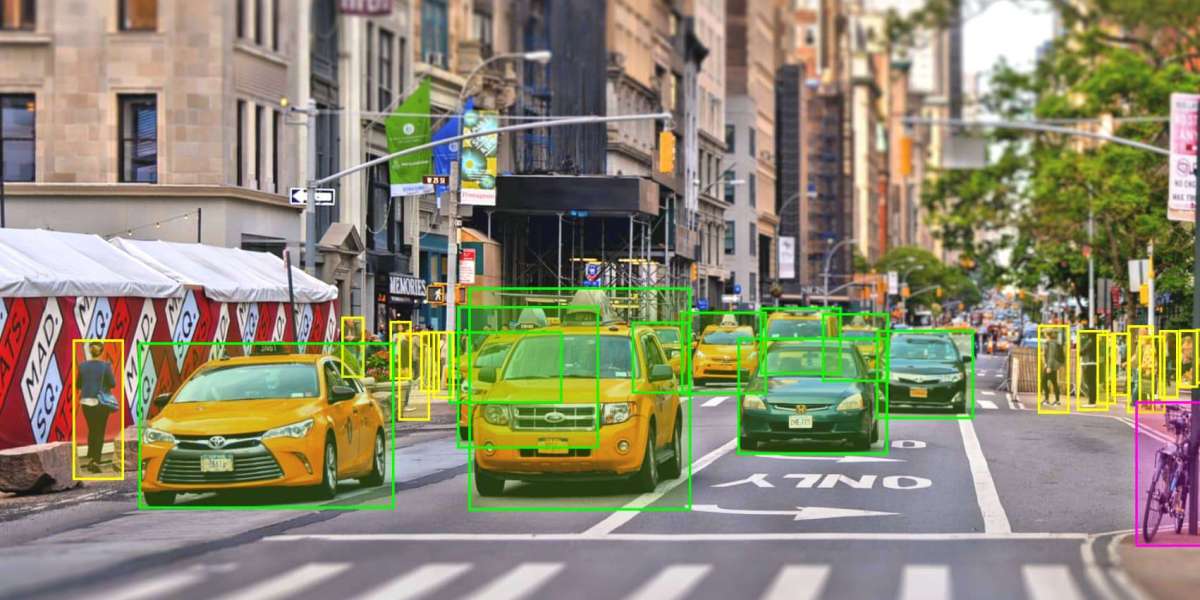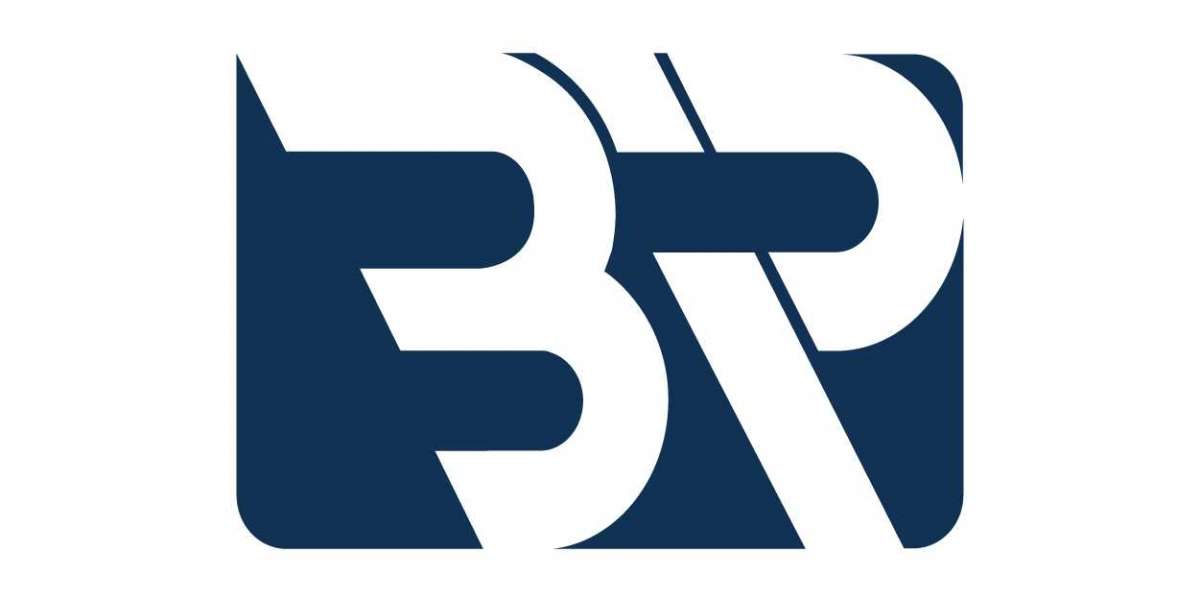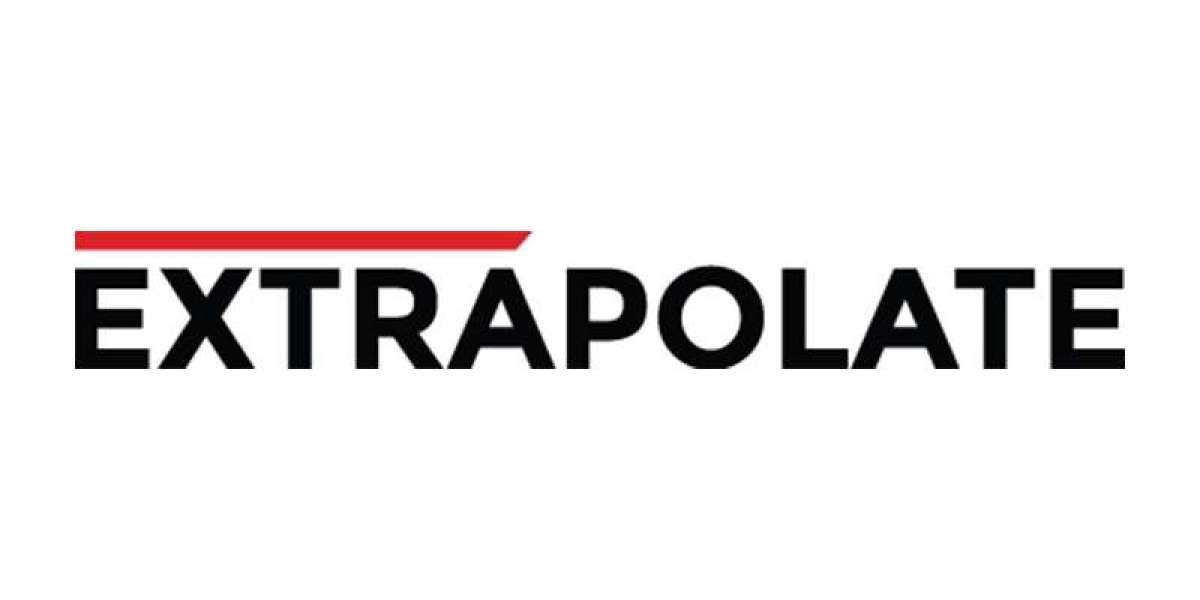In the dynamic realm of technology, the quality of data is paramount. From training machine learning models to refining user experiences, the precision and relevance of data are pivotal. This is where data annotation technology emerges as a transformative force, reshaping the way we handle and process data for various tech applications.
Understanding Data Annotation Technology
Data annotation technology involves the process of labeling and categorizing data to make it comprehensible for machines. This encompasses tasks such as tagging images, transcribing audio, labeling text, and more. By leveraging advanced tools and techniques, data annotation technology facilitates the creation of annotated datasets that serve as the foundation for training and testing various AI and machine learning models.
Applications in the Tech Industry
The applications of data annotation technology in the tech industry are diverse and far-reaching. Here are some key areas where data annotation plays a pivotal role:
Computer Vision: In domains such as autonomous vehicles, medical imaging, and facial recognition, data annotation technology is instrumental in labeling and annotating images and videos, enabling machines to accurately interpret visual data.
Natural Language Processing (NLP): For tasks like sentiment analysis, language translation, and chatbot development, annotated text data is indispensable.
Data annotation technology aids in labeling and structuring textual information for NLP models.
Speech Recognition: Annotated audio data is indispensable for training speech recognition systems. Data annotation technology facilitates the transcription and labeling of audio recordings, paving the way for the development of precise speech-to-text algorithms.
Tools and Platforms
A plethora of tools and platforms have surfaced to streamline the data annotation process, making it more efficient and scalable. From open-source tools like LabelImg and VGG Image Annotator to enterprise-grade platforms such as Labelbox and Scale AI, a wide array of options is available to cater to diverse annotation needs.
Challenges and Considerations
While data annotation technology offers immense potential, it also presents its own set of challenges. Ensuring the quality and consistency of annotated data, managing large-scale annotation projects, and addressing biases in labeled datasets are some of the key considerations that tech companies need to navigate when harnessing data annotation technology.
Looking Ahead
As the tech industry continues to advance, the role of data annotation technology will only become more critical. With progress in machine learning, AI, and automation, the demand for accurately annotated data will surge, propelling the need for more sophisticated annotation tools and methodologies.
In conclusion, data annotation technology stands as a cornerstone of modern tech, empowering the development and deployment of advanced AI and machine learning solutions. By comprehending its significance and embracing best practices, tech companies can harness the power of annotated data to drive innovation and create impactful technologies that shape the future.
Stay tuned for more insights and updates on the latest trends in data annotation technology and its impact on the tech industry.
 AC Malta - Stay Cool and Comfortable with DL Group's Air Conditioning Solutions
By dlgroupmalta
AC Malta - Stay Cool and Comfortable with DL Group's Air Conditioning Solutions
By dlgroupmalta Maximizing Crop Potential: The Benefits of METROP Concentrate Liquid Foliar Fertilizer
By metropstores
Maximizing Crop Potential: The Benefits of METROP Concentrate Liquid Foliar Fertilizer
By metropstores Discover Excellence in 3D Printing - Buy Creality 3D Printer at WOL3D Coimbatore
Discover Excellence in 3D Printing - Buy Creality 3D Printer at WOL3D Coimbatore
 A Convenient Way to Fix MetaMask Login Connection Issue
By rosekxffsf
A Convenient Way to Fix MetaMask Login Connection Issue
By rosekxffsf What is Satta Matka?
What is Satta Matka?



